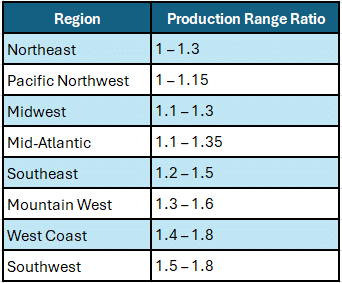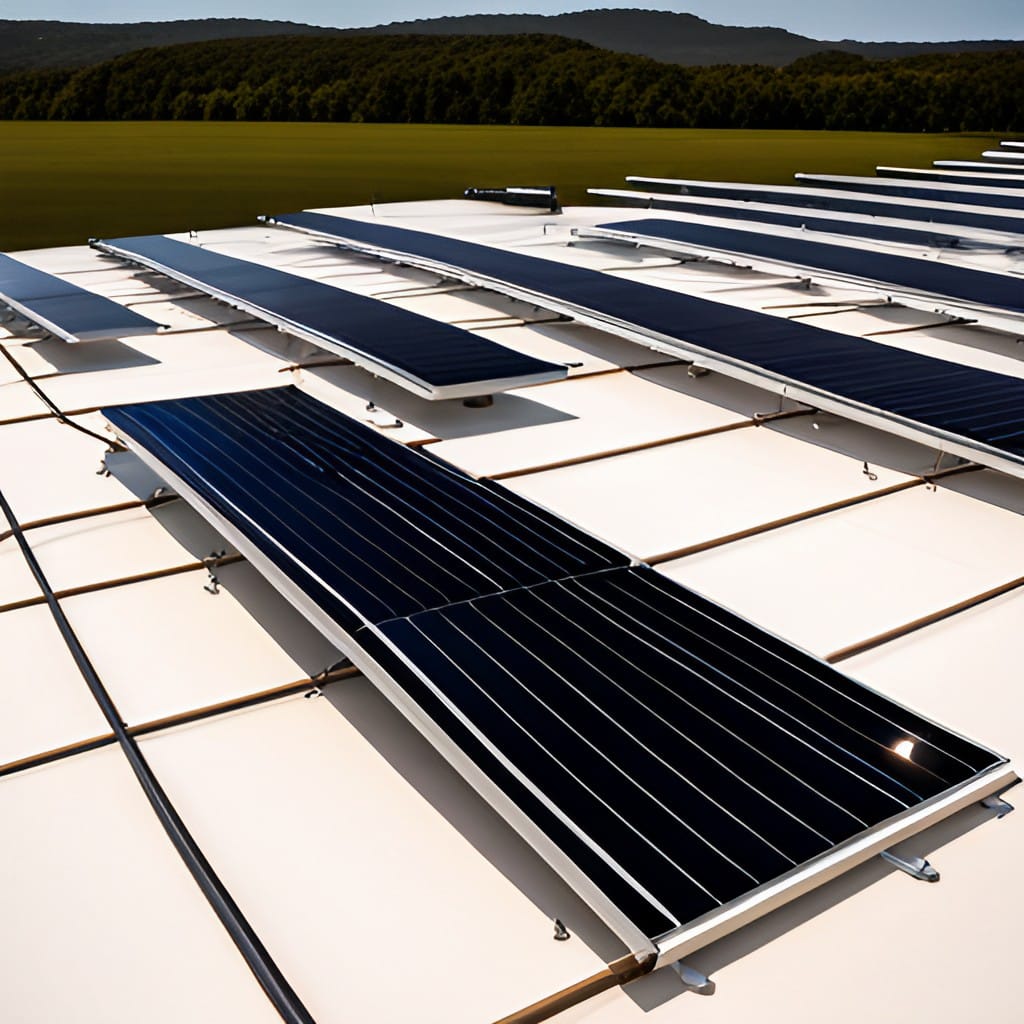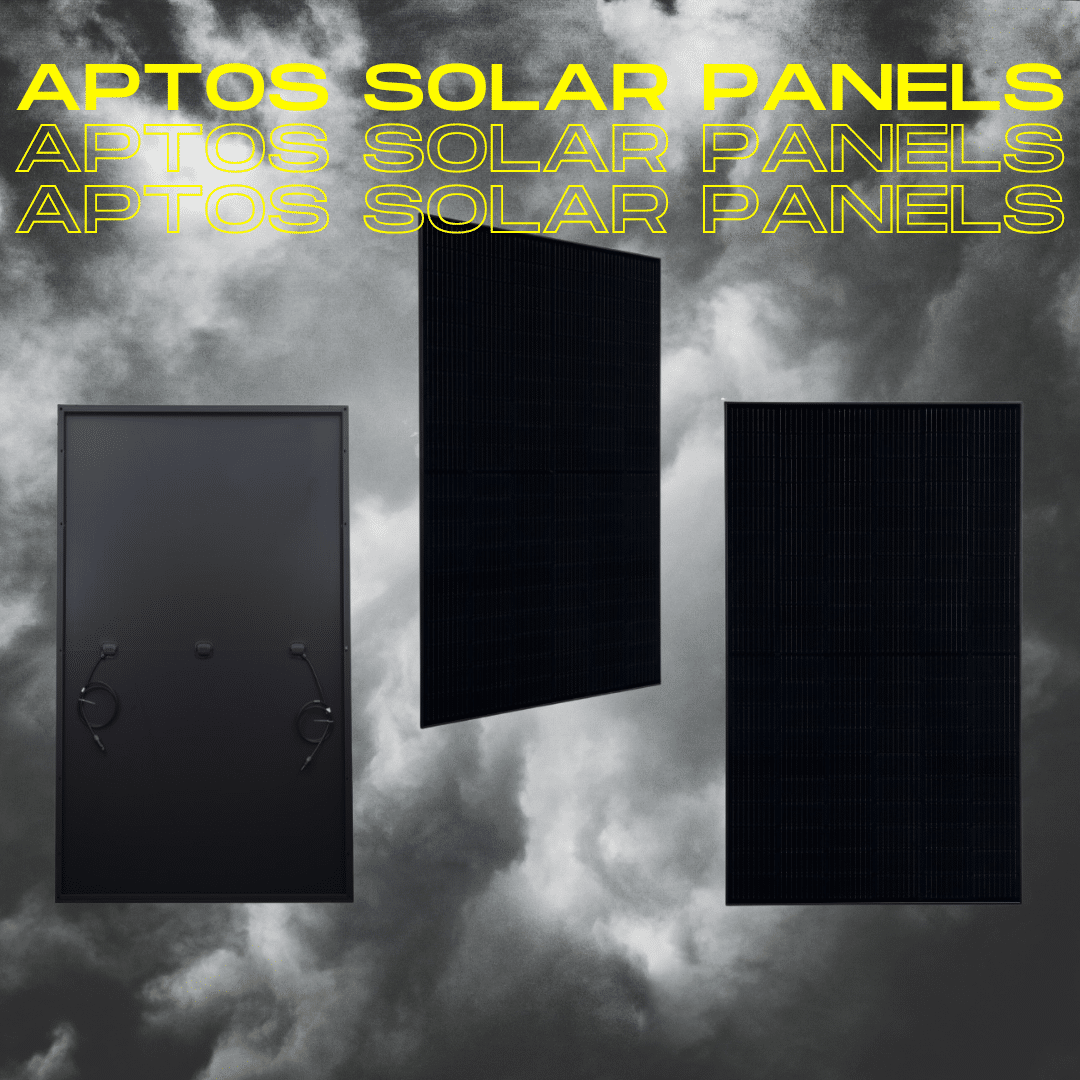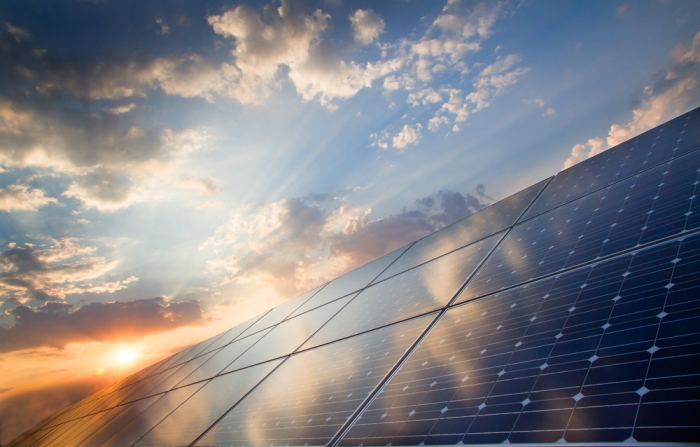Solar technology revolves around photovoltaic (PV) panels, which are remarkable technological marvels that convert sunlight into electricity.
As we navigate the intricacies of transitioning to renewable energy sources, a fundamental question remains: How much energy does a solar panel produce?
We are here to provide a complete guide to help you understand the various factors that affect solar energy output and answer common questions.
From the location of your solar installation to the size and efficiency of the panels, we will cover the science and practical aspects of solar energy.
Factors Influencing Solar Panel Output
Before we explore the specifics of solar panel energy production, it’s essential to understand the factors that influence output.
What affects solar panel output?
- Shading: Shading from trees, buildings, or other structures can significantly reduce the amount of sunlight that reaches your solar panels, thereby decreasing their output power.
- Climate and Location: Solar panel performance is significantly influenced by geographical location and climate conditions. While panels perform more efficiently in sunnier climates due to increased sunlight exposure, it’s a common misconception that hotter temperatures boost output. In reality, solar panels operate most efficiently in cooler conditions, despite requiring abundant sunlight, as excessive heat can reduce their productivity.
- Panel Efficiency: The efficiency of a solar panel, which is determined by its ability to convert sunlight into electricity, plays a crucial role in how much power it can produce. Higher efficiency panels generate more electricity even in limited space.
- Orientation and Angle: Proper alignment of solar panels towards the sun and the angle at which they are installed can greatly impact their energy production efficiency, with optimal settings maximizing sunlight exposure.
- Monitoring: Regular monitoring of solar panel systems helps identify performance issues early, ensuring any defects or issues are promptly caught and addressed to maintain optimal output.
- Maintenance: Routine maintenance, such as cleaning the panels and removing debris, is essential for sustaining peak performance levels and prolonging the lifespan of solar panels.
What’s the difference between power and energy?
Alright, let’s start at the beginning: power is measured in kilowatts (kW), while energy is measured in kilowatt-hours (kWh). But that’s probably still confusing, so we’ll dig in further.
What’s a kilowatt?
A kilowatt (kW) is a unit of power that equals one thousand watts. In the case of electrical energy, a kilowatt represents the amount of energy that is being consumed or produced at a given moment.
For instance, if a device is rated at 1 kW, it means that it uses (or generates, in the case of solar panels) 1,000 watts of electrical power during its operation.
What’s a kilowatt-hour?
A kilowatt-hour (kWh) is a measure of energy that represents the amount of energy equivalent to a constant power of one kilowatt (1 kW) being used for one hour. Unlike a kilowatt, which measures power or the rate of energy use, a kilowatt-hour measures the total amount of energy used over time.
For example, if you have a light bulb with a power rating of 100 watts and you leave it on for 10 hours, it would consume 1 kWh of energy (100 watts * 10 hours = 1,000 watt-hours = 1 kWh).

How do kilowatts and kilowatt-hours apply to solar energy systems?
The capacity of a home solar system is typically measured in kilowatts. This figure represents the maximum amount of power the solar panels can generate under optimal sun exposure conditions.
For instance, a 5 kW solar system can produce up to 5 kilowatts of power at peak performance. When evaluating the size of a solar system for a home, the kilowatt rating helps homeowners understand the potential electricity output the system can provide to meet their energy needs.
Kilowatt-hours measure the actual amount of electricity generated or consumed over time. In solar power systems, kWh is used to quantify how much electricity the system produces over specific periods, such as daily or monthly.
Calculating Solar Panel Energy Production
To determine how much solar energy you need, you first need to assess your household’s average energy consumption. From there, you can calculate the required size of a solar energy system that would meet your needs.
How do I calculate how much solar I need?
Once you know your average energy consumption, all you need to know is the production ratio for your region of the United States. These numbers are based on your area’s average peak sunlight hours and weather conditions.

For this example, let’s say you use roughly 14,500 kWh per year and live in Las Vegas, Nevada. We’ll use the same 430W Qcell solar panels from before.
The calculation is:
Annual Electricity Usage % Production Ratio % Solar Panel Wattage = # Solar Panels You Need
14,500 % 1.5 % 430 = 22.5
So, we’ll round up to 23.
You need 23 solar panels installed to fully offset your annual electricity usage!
How much energy does a solar panel produce per hour?
The amount of energy a single solar panel produces per hour will depend on the wattage of the hardware. For this example, let’s use a 430W Qcell Q.TRON BLK M-G2+ panel.
Since we’re only measuring production for a single hour, this calculation will be done in watt-hours instead of kilowatt-hours.
430 watts x 1 peak sun hour = 430 watt-hours
How much energy does a solar panel produce per day?
When we calculate energy production per day we must estimate the number of peak sun hours. Let’s say the residence is in Nevada, so we can assume 6 peak sun hours.
430 watts x 6 peak sun hours = 2,580 watt-hours / 1,000 = 2.58 kilowatt-hours per day
How much energy does a solar panel produce per month?
Now comes the easy part! Just multiply the daily production of the panel by the number of days in the month. We’ll use a 30-day month for this example.
2.58 kilowatt-hours per day x 30 = 77.4 kilowatt-hours per month
How much energy does a solar panel produce per year?
And finally, we’ll find how much energy our solar panel produces per year. Just take that same daily production we found before and multiply it by 365.
2.58 kilowatt-hours per day x 365 = 941.7 kilowatt-hours per year
Common Questions Answered
In this section, we’ll tackle some of the most frequently asked questions about solar power systems, providing you with answers to help illuminate your solar energy journey.
How many solar hours per day?
The concept of “solar hours per day” refers to the number of hours when the sunlight is strong enough to be effectively converted into electricity by solar panels.
This figure can vary significantly depending on your location but typically falls around 5-6 hours per day in most parts of the United States.
How much electricity does a TV use?
The electricity usage of a television depends on its size, type, and the length of time it’s used. On average, a modern LED TV uses about 30 to 100 watts of power.
Knowing the energy consumption of your appliances can help you estimate the size of the solar system you might need.
How many solar batteries are needed to power a house?
Obviously, there’s no cut-and-dry answer to how many solar batteries you’ll need that applies to everyone since so much of it depends on your specific needs and energy consumption. However, there are some basic guidelines you can follow.
For households prioritizing continuity during occasional power outages, a single solar battery might suffice, ensuring that essential functions remain operational.
Opting for 2-3 batteries can be a cost-effective strategy, offering sufficient storage capacity to bridge the gap when your solar panels are dormant, such as during nighttime or unfavorable weather conditions.
Individuals aiming for complete energy independence might consider investing in a range of 10 to 12 solar batteries. This setup is more suited to those aspiring towards an off-grid existence and might not be necessary for typical residential solar installations.
Learn more about our solar products and get a quote today.





